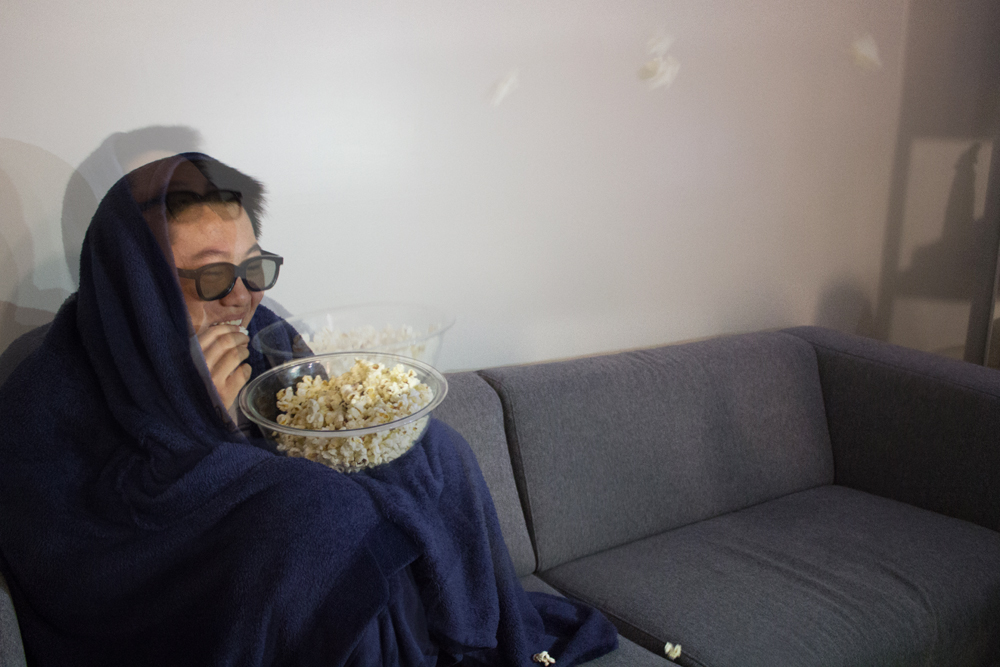I want to start off by stating that THERE WILL BE SPOILERS when I talk about this film, since I will need to analyze events that occur in Hidden Figures. My analysis here is my own opinion, and I understand that not everyone will agree with what I write; however, I do encourage people to understand all the different perspectives that occur around these issues. So with that, I urge you to grab a snack, relax in your favorite blanket, and enjoy my post.
(Side Note: I did some research, and some events that occur in the film are fabricated. Although some of the information I will be presenting did not happen in real life, I still believe that it is vital to understand the pervasive mindset found in the mid 1900’s. However, I encourage you to research on your own about the stories of these three women as they broke boundaries at NASA. When I talk about something that happened in the film but not in real life, I will say so.)
I will be completely honest upfront: I had never heard of these three women—Katherine Johnson (played by Taraji P. Henson), Dorothy Vaughan (played by Octavia Spencer), and Mary Jackson (played by Janelle Monae)—who were so instrumental to NASA during the time of the Cold War and the Space Race until I watched Hidden Figures. As I was watching this movie, I started realizing how unfamiliar I was about these women’s achievements, which were critical to the launch of the Friendship 7 mission and other NASA missions (prompting me to come up with answers to my ignorance). Among the myriad of issues presented in this movie, I came up with three major problems that I felt reflected the of the time: sexism, racism, and unequal opportunities.
1. SEXISM
What we have here is a film showcasing the accomplishments of three African Americans who worked at NASA and had to endure many hardships (both from society and their own place of employment). In the case of Katherine Johnson, Dorothy Vaughan, and Mary Jackson, not only are they African Americans, but they are also females during a time when women were not truly considered equals to men, even if they accomplished similar tasks and assignments (sadly, this something that still exists in many ways today).
Throughout the movie, Johnson, Vaughan, and Jackson endure sexist comments from their peers and even their loved ones. One important scene that I want to highlight is when Paul Stafford (a fabricated character played by Jim Parsons that serves to demonstrate how most white Americans felt towards African Americans and females at the time) tells Katherine Johnson that women are not allowed to attend Pentagon briefings, even if they need the information within the room. In this instance, Katherine needed to be in there so she could have the quickly changing data to ensure that her math was correct, yet she was not allowed to go in simply because she was a woman. Another scene finds Mary Jackson’s teacher telling her that the engineering course she was taking was not designed for women. Nevertheless, Mary Jackson would go on to become a talented engineer, and still people seemed unable to comprehend the thought of a woman being capable of understanding difficult math.
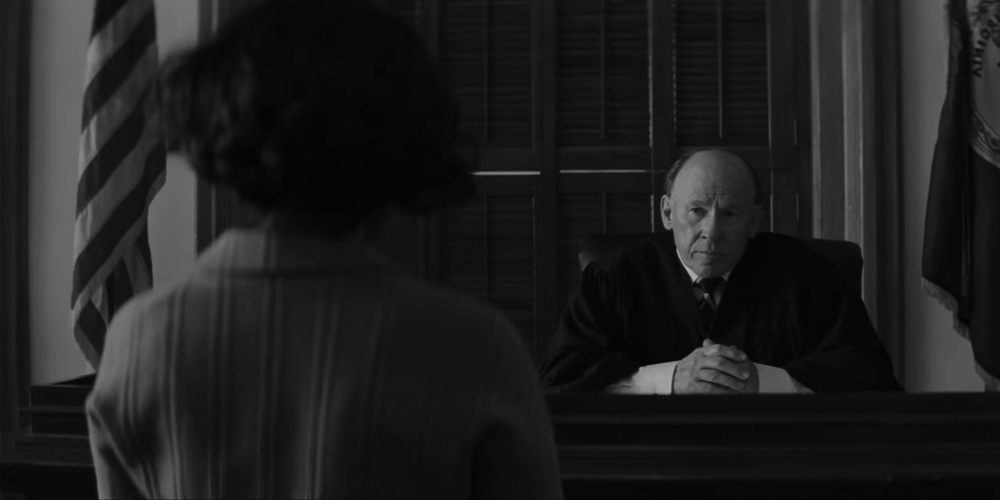
I believe that these scenes sum up the discrepancy between the roles of men and women at the time, even when both men and women are working together to solve an issue. In these times, women were viewed as second class to men, even if they were capable of much more than people thought. Men, I believe, were corroded by the idea that there are certain roles that men and women should partake in. In a strange yet horrible way, men thought that women would mess up things that they simply “were not supposed to understand,” and they believed that by taking charge, they were protecting their second-rate partners from the “danger” of the truth.
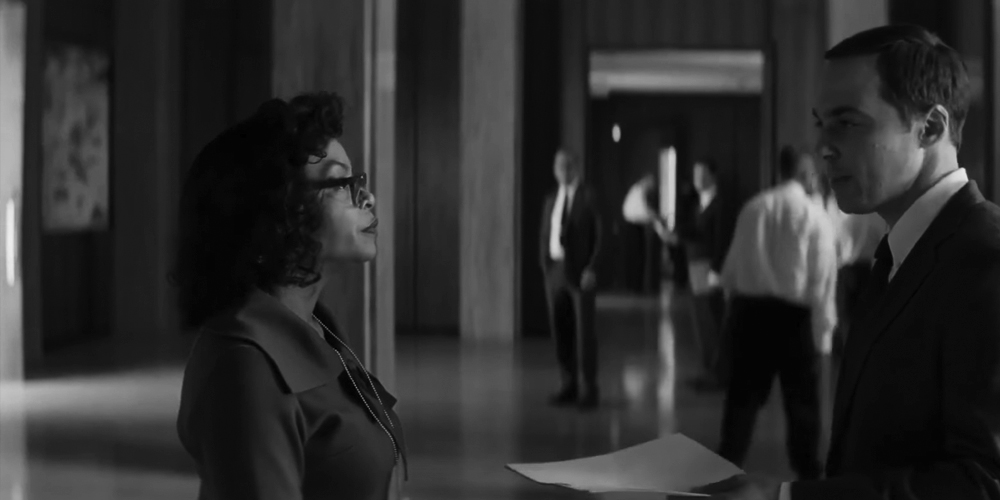
Even today, women are still being discriminated in the professional, school, and social environment. On average, women get paid less for the same positions than their male counterparts, and women are often discouraged from pursuing STEM fields. Clearly, all of this should change; people should learn to understand that women are just as capable as men at achieving greatness, something that Katherine Johnson, Dorothy Vaughan, and Mary Jackson have proven. These African American women broke boundaries by working at NASA and accomplishing some tremendous feats, and this alone should prove that women aren’t second class to men.
2. UNEQUAL OPPORTUNITIES
When life gives you lemons, what do you do? Clearly, you make lemonade. However, the real question is when life doesn’t give you lemons, what do you do? The latter question is one that essentially all African Americans had to ask themselves during this era of racism.
From segregated bathrooms to different educational opportunities, African Americans were challenged by a society that thought separation simply was better. However, all African Americans knew that this idea simply wasn’t true. By saying that African Americans would never be able to amount to the achievements of their white counterparts, created a detached society where one group soared while the other drowned.
Two important examples of African American women destroying this preconceived notion appears in Hidden Figures, when Mary Jackson strives for greatness as she studies for her engineering degree and when Dorothy Vaughan fights for her rightful position as supervisor.
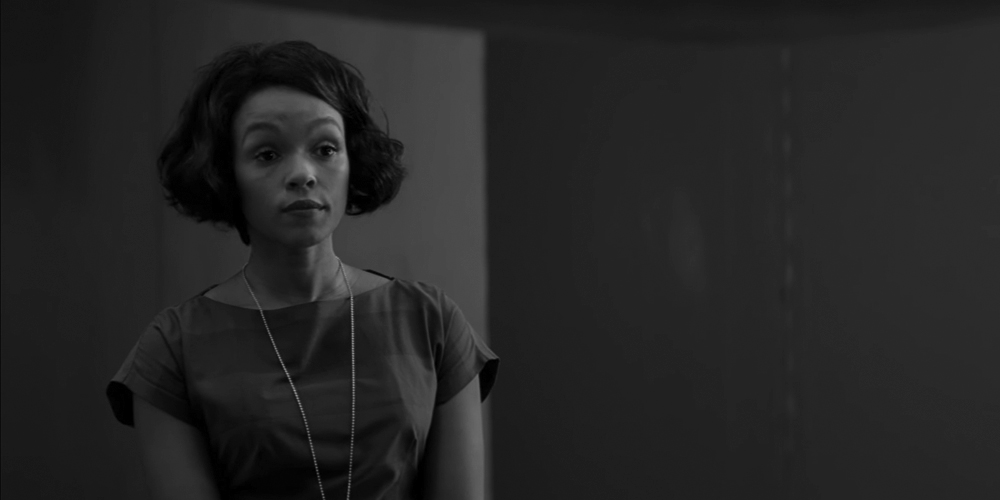
Mary Jackson knew that she wanted to be an engineer; the problem was that NASA didn’t allow women to join the Engineering Training Program, so instead she would have to take classes at a local segregated high school. People tried “reasoning” with her, saying that this would be a waste of time and that a black woman would never be able to accomplish this goal. However, she persisted. Confronting a judge and urging him to be on the right side of history, she was given the opportunity to attend Hampton High School to obtain her engineering degree. Dorothy Vaughan wanted to fill in the vacant role of supervisor, yet her white superiors wouldn’t let her. She had already shown her leadership capabilities, yet she wasn’t being paid fairly for what she was doing. Dorothy had to prove to NASA that she was truly capable of supervising a group, and eventually, she got that hard earned recognition.
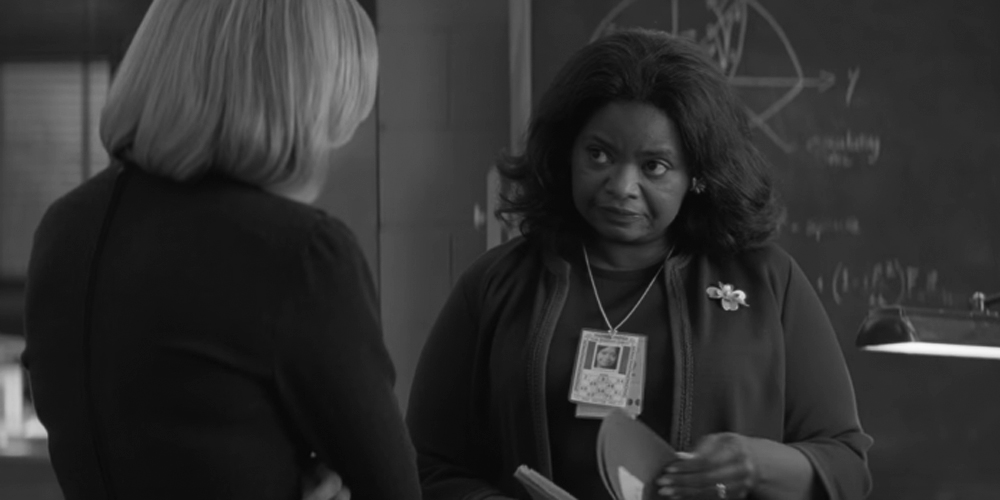
When people are given the opportunity to strive, they strive. However, not everyone has equal access to proper education, job opportunities, and fair work environments. Even today, many young children (especially girls) in the world do not have the opportunity to learn in school. By depriving these children a learning experience, we are depriving society of growth and development. I believe that it is time for society to understand that we can advance many aspects of life—agriculture, STEM, politics, etc.—if everyone were given an equal opportunity to succeed. As seen in the story of the women behind Hidden Figures, society can literally reach for the stars when people utilize each other’s knowledge and unite.
3. RACISM
The mid to late 1900’s was marred by racism and discrimination toward colored people, especially African Americans. Everything was segregated: neighborhoods, classrooms, eating areas, buses, even bathrooms. Whites were taught that they were superior, whereas society taught blacks that they were inferior. There clearly were many racial issues during this time period, but African Americans worked together to fight for equal rights. From liberating speeches made by MLK to the sit-ins in restaurants, African Americans responded to the unjust hate that they were receiving. Even these three women, working in one of the most progressive government institutions, were not exempt from the racial attacks (even if some might appear minuscule).
This movie is one about race. Because of that, there are many examples that highlight the animosity towards African Americans at the time. However, I want to talk about one scene that I believe demonstrates the superiority complex that whites had over blacks. At one point, Vivian Mitchell (a fabricated supervisor played by Kirsten Dunst, reminiscent of some supervisors working at NASA) tells the three women that they should be thankful that they have jobs at all.
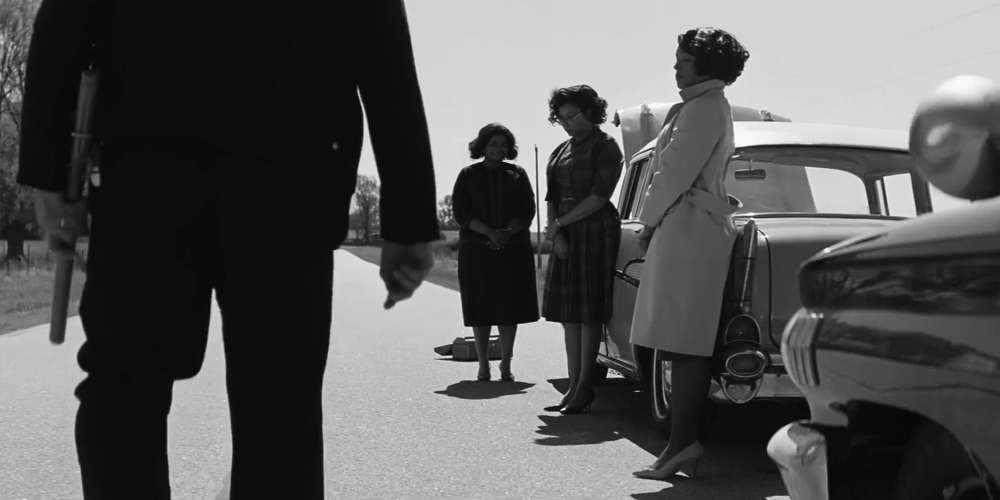
This single line demonstrates the dominance whites had over blacks. By simply saying that they should be thankful that they have jobs at all, Vivian was implying her overwhelming power to control and destroy these women’s careers and lives. In much broader terms, whites felt they had the “jurisdiction” to manipulate the lives of African Americans at their discretion.
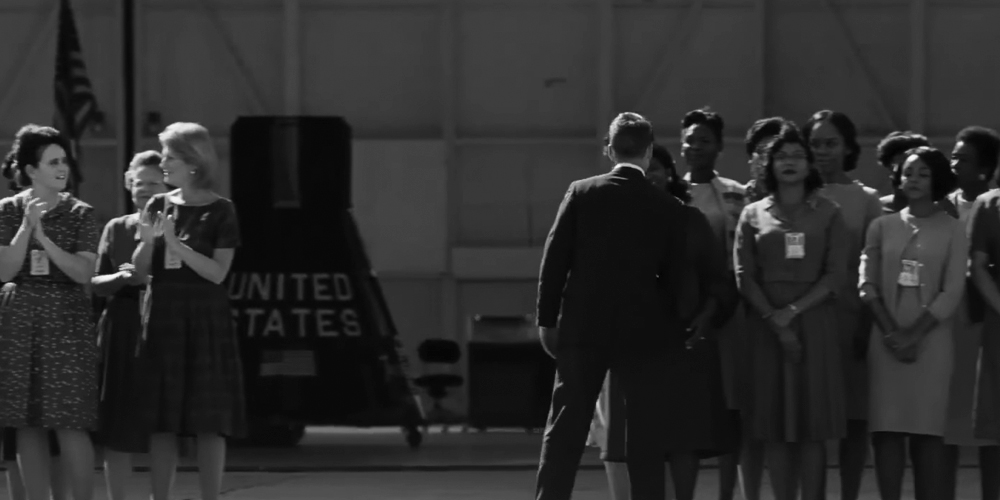
In today’s society, there are still many issues rooted in race. From police brutality to the rising resentment against immigrants, our society has become fearful of anything different from the norm. This unjust discrimination fuels the hatred towards many different groups, and I truly believe that this needs to stop. It’s sad to think that the color of someone’s skin plays such an important role in their position in life. I think that our society can only develop when there is an equal acceptance of every single race. These women at NASA showed that race should not have any bearing on the success of a person.
After watching this movie, I wonder why I had not learned about the achievements of Katherine Johnson, Dorothy Vaughan, and Mary Jackson. Who do I blame? Society? Our education system? Regardless, I believe it is important to understand the achievements that these women accomplished. They broke boundaries prescribed to them and achieved greatness in the midst of a society that was actively pushing them down. Dorothy Vaughan became NASA’s first African American supervisor. Mary Jackson got her degree, became NASA’s first African American female aeronautical engineer, and was appointed Langley’s Women’s Program manager in 1979. Katherine Johnson went on to calculate the trajectory for the 1969 Apollo 11 mission and the 1970 Apollo 13 mission to the moon. Excellence and prosperity happens when citizens of a truly collective society work together, and that is why Katherine Johnson, Dorothy Vaughan, and Mary Jackson will no longer be HIDDEN FIGURES.

